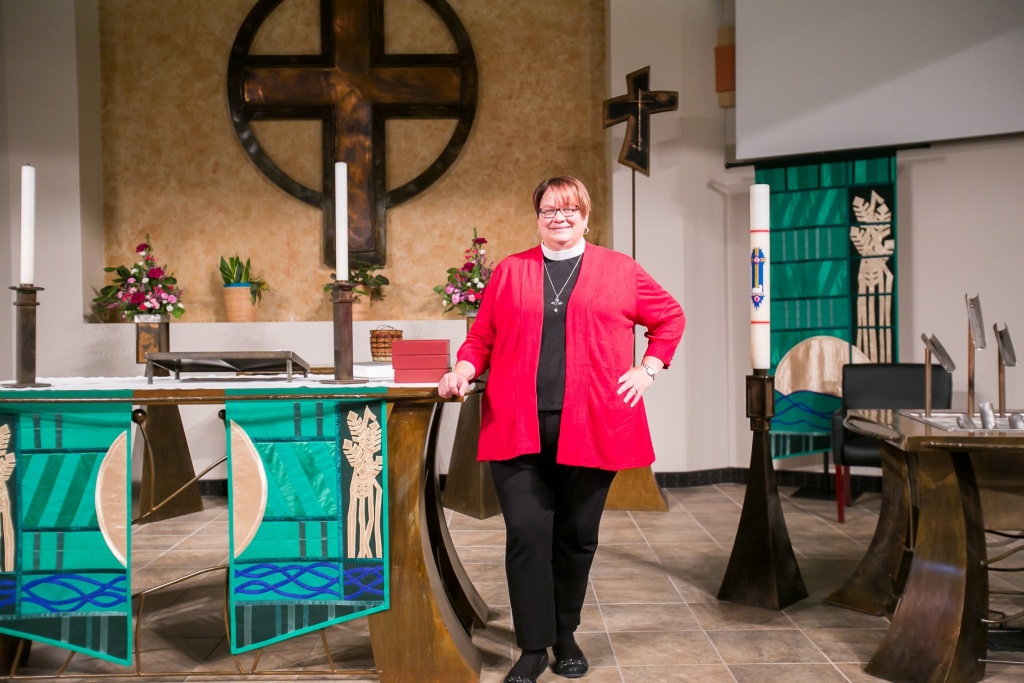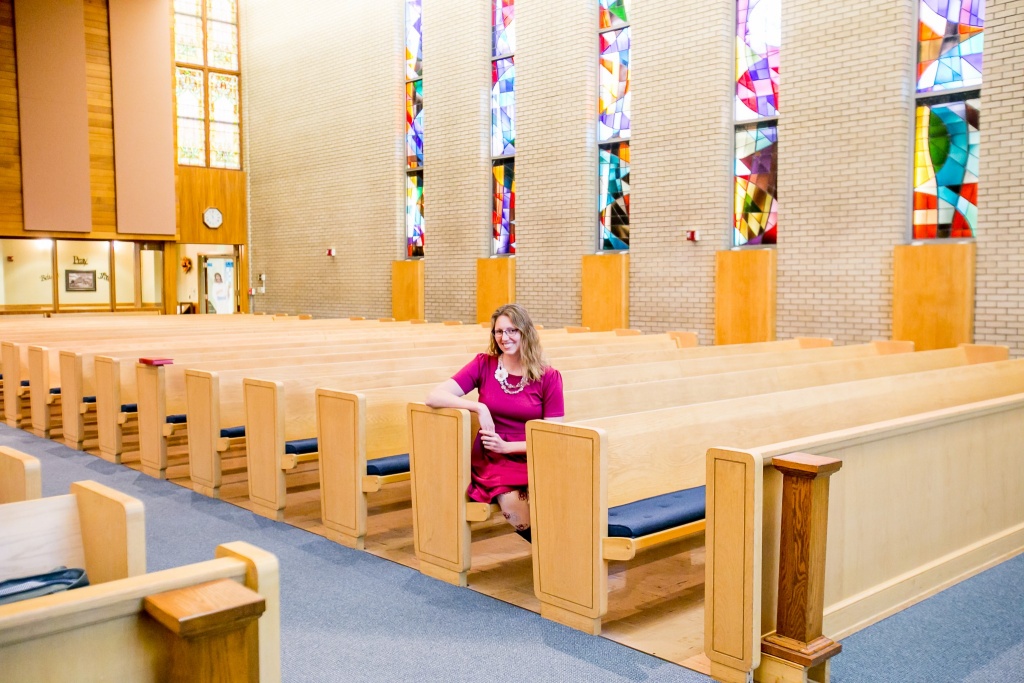by Paula Redmann | Photography: Photos by Jacy
The number of hours and minutes in a day are defined, yet indications are that Americans are busier than ever, and will do their blue ribbon best to pack more and more into each day. We try to bulge the borders of time. We eat while we walk. We listen to music while we read. We talk on the phone while in line at the grocery store. Take this warp speed lifestyle blur, and toss in children’s activities, school events, errands, club projects, service organizations, special events, and community need. Turn every corner and you’ll hear a loud cry for volunteers.
Every club, activity, school, and non-profit organization needs helpers to lighten the load. The same goes for churches. Congregations, small and large, need volunteers to complete tasks and carry forth both the daily needs, and the overall vision of the church.
There was a time when little was asked of church women, except to care for the congregation’s children. For decades, “church ladies” served in the nursery, taught in the classroom, or prepared and served food at funerals. There was always a supply to meet the demand.
As women’s roles changed in society, women’s volunteer roles changed in the church.
“Churches adjusted to the reality that women were not available during the day,” explains Jenny Hallenbeck Orr, Senior Pastor of McCabe United Methodist Church in Bismarck. “More women started working outside of the home. There was a shift away from daytime availability to evening ability. And even then, women’s lives are so busy, with so many obligations. Women are pulled in many directions, so that means we’re abundantly grateful for each and every volunteer who raises their hand to help us continue the mission of the church.”
Hallenbeck Orr says the transition has been interesting to observe.
“Even a crew of ushers used to be all men. Now you see women in that role. That change came almost at the same time as women entered the pastoral field. I think people thought, ‘If women can be in the pulpit, they can pass the plate.’
“There are many skilled and gifted women leaders. They can lead in the classroom, or they can lead on councils or leadership teams,” says Hallenbeck Orr. “Seeing strong women as volunteers and leaders in the church is huge. I had strong role models growing up who helped pave the way. We are called to do work at all levels of ministry. It all matters.”
These volunteer roles provide opportunities for women to gain new skills through their volunteerism, or perhaps hone skills they already had. For many women, the church provides volun- teer opportunities that provide mental well-being, a place to belong and connect, a chance for companionship, and a bowl of soup, especially to women who might otherwise be isolated in their homes.

Pastor Pam Power, Associate Pastor of Congregational Life and Pastoral Care at Good Shepherd Lutheran Church
Pam Power, Associate Pastor of Congregational Life and Pastoral Care at Good Shepherd Lutheran Church in Bismarck, has observed women volunteers in the church and looked at why they do what they do.
“It is joyful. That’s what it is—joyful. They find joy in helping and serving. For many, volunteering is a form of worship.
“We need volunteers for anything and everything,” says Power. “Whether it’s teaching or serving at funerals, being musicians, readers, helping with communion, or being a part of our knitter’s group. It is how volunteers live out their faith. Volunteering means fellowship, building community, and being together.”
The next societal shift in the traditional “church lady” role, says Power, is avoidance of long-term commitments. For years, the work of the church was done through a committee structure, and the committee would meet. And meet. And meet some more. Volunteers would find themselves frustrated at the abundance of meetings and often, the lack of action. Now, volunteers are looking for shorter terms and tangible results.
Power says, “Someone might not be able to teach for six months, or commit to being on council for two years, but they are very willing to say, ‘Give me a project and I’ll do it.’”
Power notes that getting volunteers involved and connected isn’t a matter of asking them what they want to do. Rather, it’s asking them what they feel called to do.
“We want to match your gifts and strengths with the needs of the church. Once you’ve identified your gifts, you can decide how you are being called to use them in the church and outside of it, as well. We can help make those connections of where your heart is being tugged to go in order to live in joy and gratitude,” says Power.
Photos by Jacy put together a gallery of each of these pastors. Click here to see more of Pastor Jennifer, and here to see more of Pastor Pam.
Paula Redmann is the Community Relations Manager for Bismarck Parks and Recreation District. She likes to run, walk, play, sing, putter in her yard, laugh with family and friends, and count her blessings. She married her high school sweetheart, Tom. They have two grown sons, Alex and Max.


